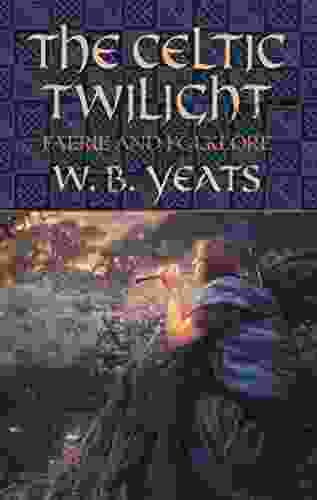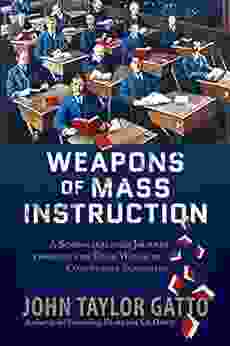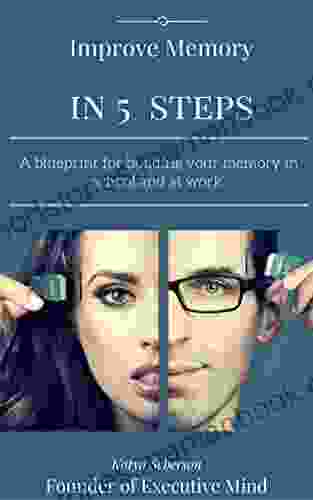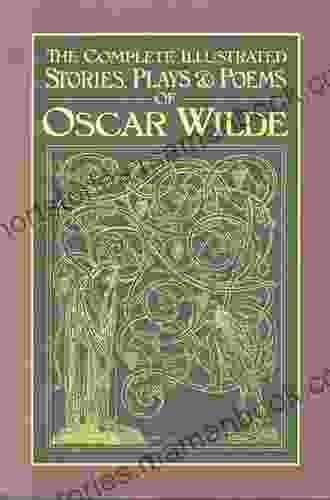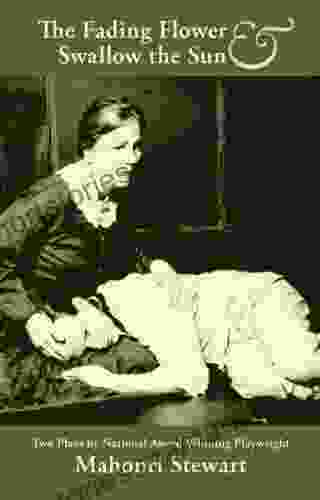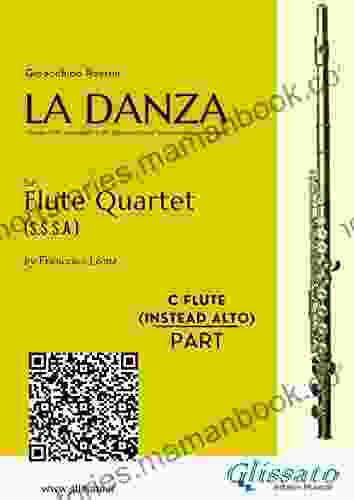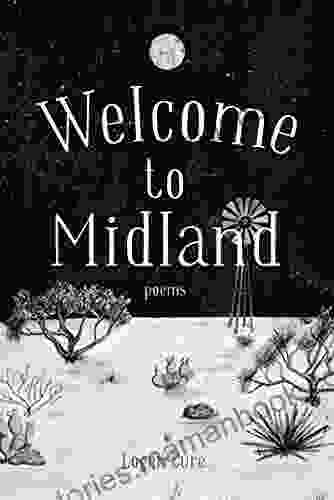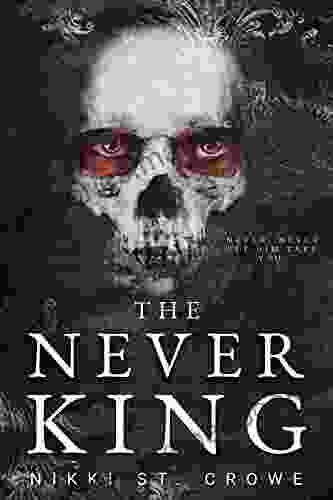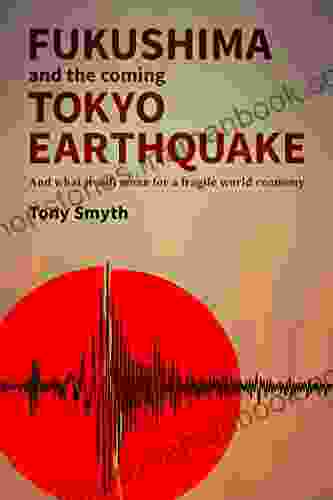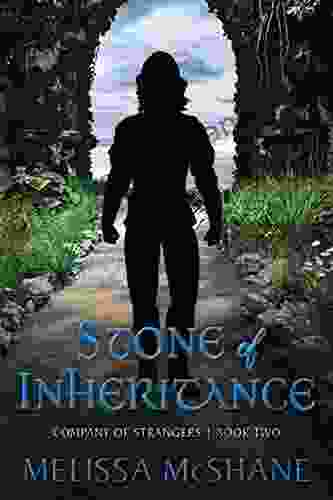The Celtic Twilight is a term used to describe the period in Irish history from the late 19th century to the early 20th century, when there was a revival of interest in Celtic culture and folklore. This revival was sparked by a number of factors, including the work of scholars such as W.B. Yeats, Lady Gregory, and Douglas Hyde, who collected and published traditional Irish stories and songs. The Celtic Twilight also saw the emergence of a number of influential artists and writers, such as J.M. Synge, George Bernard Shaw, and James Joyce, who were inspired by Celtic mythology and folklore in their work.
4.4 out of 5
| Language | : | English |
| File size | : | 803 KB |
| Text-to-Speech | : | Enabled |
| Screen Reader | : | Supported |
| Enhanced typesetting | : | Enabled |
| X-Ray | : | Enabled |
| Word Wise | : | Enabled |
| Print length | : | 130 pages |
| Lending | : | Enabled |
The Celtic Twilight was a time of great creativity and cultural renewal in Ireland. It also saw a renewed interest in the faerie world, and a number of writers and artists began to explore the theme of the faerie in their work. These works often depicted the faeries as beautiful, mysterious, and otherworldly beings, and they helped to create a popular image of the faerie that has endured to this day.
The Sidhe
The sidhe are a race of faerie beings who are said to live in the Otherworld, a realm that exists alongside our own. The sidhe are often described as being beautiful, with long flowing hair and green eyes. They are also said to be very powerful, and they can use their magic to help or harm humans.
The sidhe are often associated with the ancient Celtic gods and goddesses. In fact, some scholars believe that the sidhe are the descendants of these gods and goddesses. The sidhe are also said to be closely connected to the land, and they are often seen as the protectors of nature.
Faerie Beliefs and Traditions
The Celtic Irish had a wide range of beliefs and traditions about faeries. Some people believed that faeries were benevolent beings who could bring good luck and prosperity. Others believed that faeries were dangerous creatures who could kidnap children and steal souls. Still others believed that faeries were simply a part of the natural world, and that they should be treated with respect.
There were a number of traditions associated with faeries. For example, it was said that it was unlucky to cut down a hawthorn tree, as this was believed to be the favorite tree of the faeries. It was also said that it was important to be careful not to offend the faeries, as they could easily take offense and cause trouble.
Faerie Creatures
There are a wide variety of faerie creatures in Celtic Irish folklore. Some of the most common include:
- Banshees are female spirits who are said to wail when someone is about to die.
- Brownies are small, hairy creatures who are said to help around the house.
- Leprechauns are small, green-clad creatures who are said to guard pots of gold.
- Púca are mischievous spirits who are said to haunt the countryside.
- Selkies are seal-like creatures who are said to be able to transform into humans.
The Celtic Twilight in Art and Literature
The Celtic Twilight had a profound influence on Irish art and literature. Many artists and writers of the period were inspired by Celtic mythology and folklore in their work. For example, W.B. Yeats wrote a number of poems about the faeries, and J.M. Synge wrote a play called "The Playboy of the Western World" that is set in the faerie world.
The Celtic Twilight also saw the emergence of a number of important Irish artists, such as John Butler Yeats, William Orpen, and Jack B. Yeats. These artists often depicted faerie creatures and scenes in their work. The Celtic Twilight also had a significant influence on the development of the Irish Literary Revival, which saw the emergence of a number of important Irish writers, such as James Joyce, George Bernard Shaw, and Samuel Beckett.
The Celtic Twilight was a time of great creativity and cultural renewal in Ireland. It saw a revival of interest in Celtic culture and folklore, and the emergence of a number of important Irish artists and writers. The Celtic Twilight also had a profound influence on Irish art and literature, and its legacy continues to this day.



